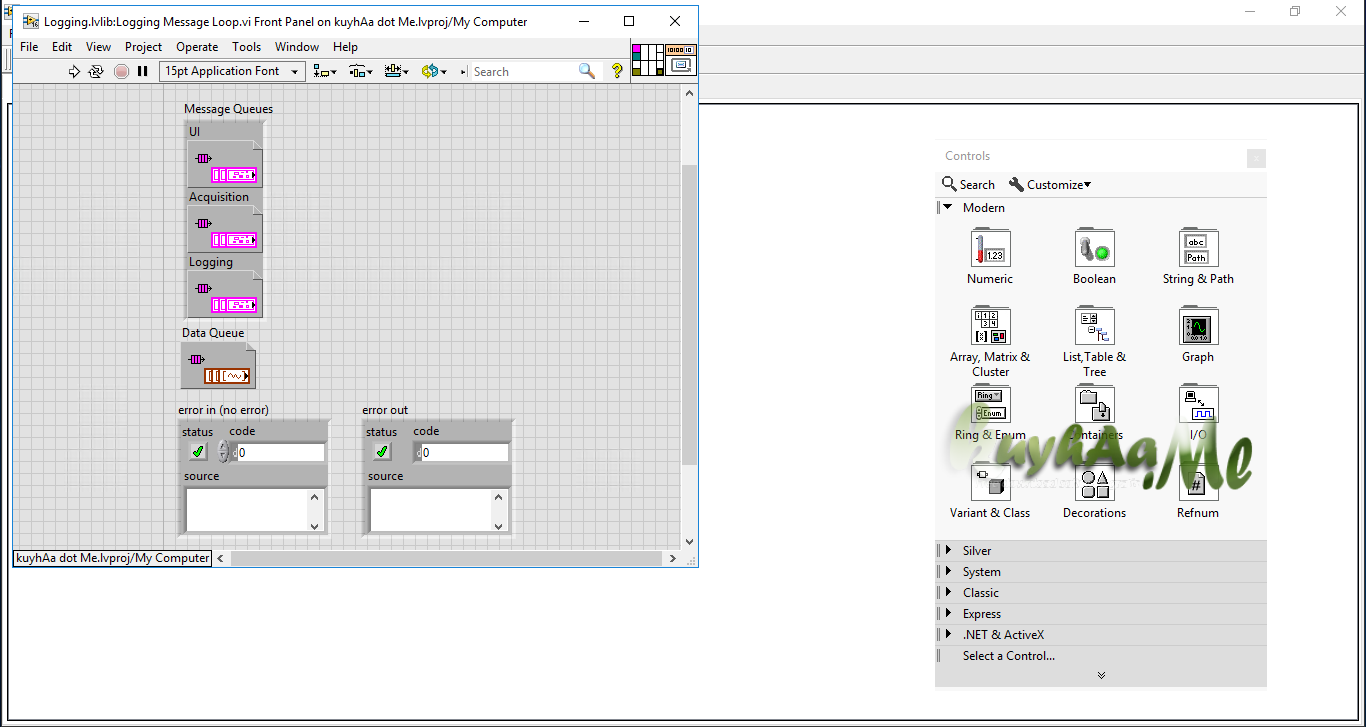

The 32 bit version which must be located in the same directory as DotNetProxyLibrary.dll.The LabVIEW Yoctopuce library is based on the DotNetProxyLibrary.dll DLL which requires the yapi.dll DLL. Moreover, the LabVIEW runtime environment must be installed on the computer on which you intend to run your executable file.

Therefore this week we are going to provide you with a small tutorial on this topic.īefore anything else, let's remember that to create an executable with LabVIEW you need the professional version of LabVIEW or the "LabVIEW Application builder" option. Even integrated connectivity to cRIO is not likely going to happen since the NI-RIO interface layer is quite a beast and very unlikely to be ported to other platforms than what is currently available.Several of our customers have had trouble creating an executable file from a LabVIEW project using the Yoctopuce library. Most Android devices still would be limited to UI applications only as there is no easy way to plugin a PCI board. However commercially that ability while being nice wouldn't make a big difference for me at this point.Īlso the hardware extensibility still is limited even for Android devices. Personally I would love to have the possibility to just add an Android target to any LabVIEW project and generate directly a GUI for my control application hosted on a cRIO. However as I have pointed out, there are many hurdles to take for NI to release a tablet/smart phone version of LabVIEW, some technical and others marketing wise. Anything else makes little sense nowadays, since Android clearly has a dominant market share in more than 3 quarter of the countries around the world.

Considering the current state of affairs between iOS and Android it is a safe bet that IF NI decides to release a software like LabVIEW for iOS there will be a similar version for Android.


 0 kommentar(er)
0 kommentar(er)
